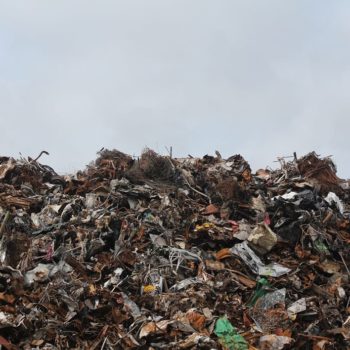China reveals ambitious plans for plastic-free future

China, like the rest of the world, is drowning in plastic. Once the world's landfill, China's booming economy and shifting cultural barometer have forced the vast region to cease importing waste from other countries and confront its own addiction to plastic.
27 January 2020
We are, as reported on a practically daily basis, now waging war on plastic. Governments, brands and individuals all over the world are acting to reduce plastic consumption and manufacturing, and the results will hopefully go towards averting disaster in the near future.
The roots of this war on plastic – or the escalation, at least – can be traced directly back to China, which introduced its pivotal Waste Import Ban in 2017. For many years, China had imported thousands of tonnes of waste from Europe, the USA and elsewhere. For all that time, the waste industry was beneficial to China, providing a vast supply of raw materials for the country’s numerous burgeoning industries, as well as fuel for raw-material-producing incinerators (known as pyrolysis).
Eventually, however, this arrangement became difficult for China, thanks to its own evolving culture and industry. Beginning in July 2017, the country stopped importing solid waste from dozens of countries, leaving those countries with quite a large dilemma. A massive, worldwide change across all levels of society became a matter of urgency, which is why we now find ourselves in the midst of a concerted race against waste in which everybody is expected to contribute.
Now, China is one of the biggest users of plastic in the world, and its government is starting to join the fight. To illustrate the scale of the problem, take China’s largest rubbish dump, the Jiangcungou landfill in Xi’an city. In 2017, China collected 215 million tonnes of urban household waste, according to the country’s statistical yearbook. That’s up from 152 million ten years earlier. Jiangcungou was predicted to be operated until 2044, but ended up receiving four times as much trash as predicted.
With a population of more than 1.4 billion, the amount of plastic waste generated every day in China is almost unfathomable. First on the government’s hit list is plastic bags. The country has stated its intention for non-degradable bags to be banned in major cities by the end of 2020, and in all cities and towns by 2022.



 Print
Print






Fans 0
Followers